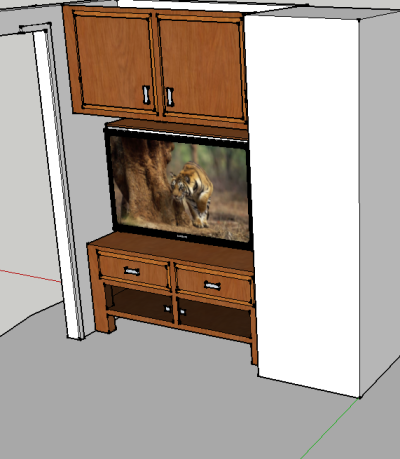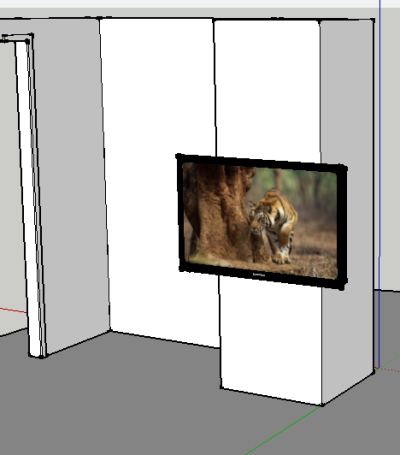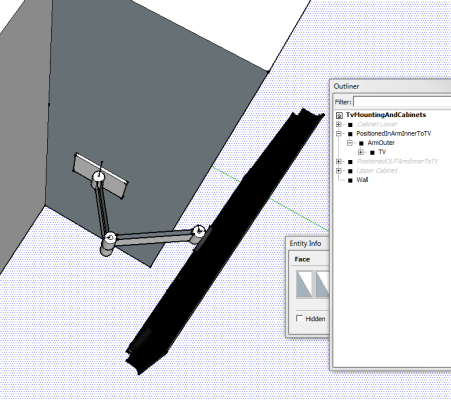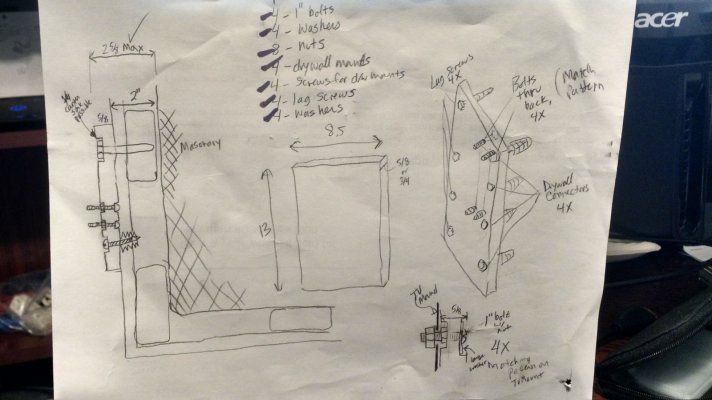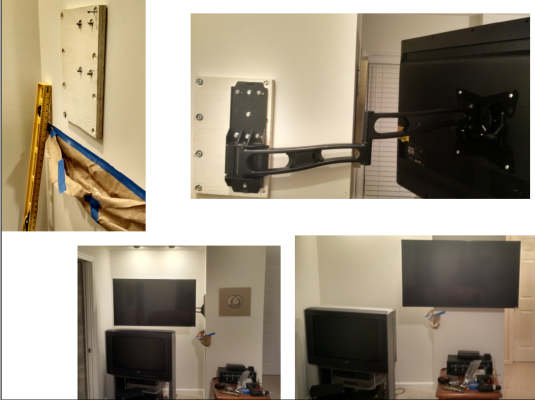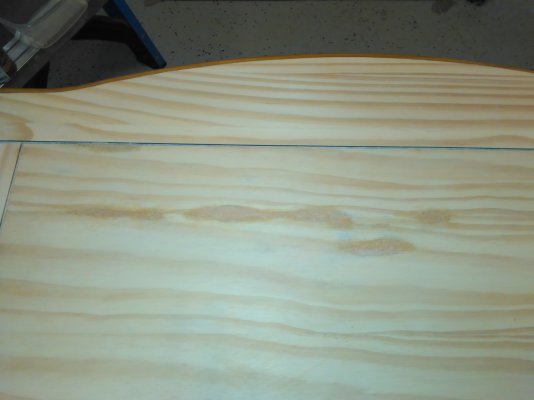Meadbh
Give me a museum and I'll fill it. (Picasso) Give me a forum ...
- Joined
- Jul 22, 2006
- Messages
- 11,401
Looks great. I occasionally make bread, and coincidentally, made some today (that turned out very well).
I'm curious about your yeast proving (proofing?) process. In beer making, they used to recommend this, now it is considered outdated, they say it just saps the strength of the yeast, but beer making is far different from bread making (yeast is active in beer for days/weeks and has to be strong enough to survive high sugar levels, then high alc levels)
I've never done anything to prove/proof the yeast for bread making. But I do know that you add salt to most breads, and that is said to control the yeast growth. But if the yeast comes in contact with a high concentration of salt, it will kill/slow-down the yeast. The directions I follow have you get the salt well mixed in before adding the yeast.
What change did you observe before/after proving/proofing the yeast?
-ERD50
When I follow a recipe that says just add everything and combine, many times my dough does not rise. I bought fresh yeast, but that didn't help. So I decided to add warm water and leave the yeast to sit for about 10 minutes. For pizza dough, I also add olive oil at this time. Within minutes I see a sudden yeast "explosion". They are clearly out to party! Then I combine the salt with the flour to minimize the "shock" to the yeast, and start mixing.
I also find that my kitchen is too cool in winter, so I turn the oven on to the lowest setting while this is going on, and then turn it off before putting the dough inside to proof. I turn the oven light on for some supplementary heat and so I can see what is going on.
This process seems to work well.


